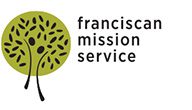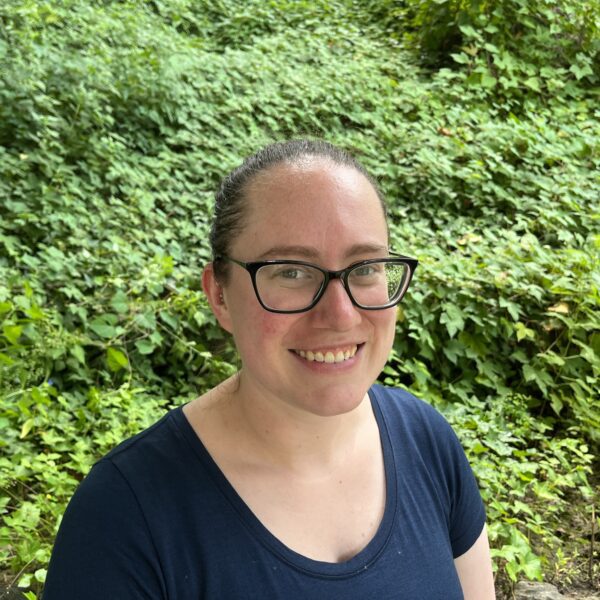Kindness

Editor’s note: DC Service Corps volunteer Erin Frances Reinhart, who ministers with Little Friends for Peace, shares the impact of a peace education workshop for students on kindness.
Little Friends for Peace provides in-school and after-school programming for students at many sites, including schools in Riverdale Park, Maryland, Alexandria, Virginia, and Washington, DC. I have had the opportunity to visit many of these locations. One unique partnership is with Chance Academy, which educates students ages 5 to 18. This school emphasizes the holistic development of its students in intellectual growth, critical thinking skills, social-emotional and personal wellness, creativity, and restorative justice practices.
Little Friends for Peace was invited to facilitate a weeklong Peace Week at Chance Academy at the beginning of the academic year. During Peace week, we introduced the students to Peace Buckets, a concept from the book How Full is Your Bucket? by Tom Rath and Mary Reckmeyer. This book illustrates how each of us carries an imaginary bucket. As we move throughout the day, every positive and negative experience fills or tips our buckets, respectively. Peace Buckets gives the students a common language to discuss their physical, social, and emotional wellness.
Since Peace Week, we have spent two to four hours per week at Chance Academy, continuing to teach and provide opportunities to practice peace. Because I have continued to lead programming at this site, I have formed a unique connection with each student there. As a result, I generally understand each student’s baseline social-emotional wellness.
Last week, I asked the students to share how full their buckets were and why. Unexpectedly, each student reported only having a few drops in their bucket. This was slightly concerning because there are usually a few students with low buckets, but not everyone in the class. Upon further investigation, I learned that there was a disagreement on the playground, and this tipped all of their buckets.
After reconnecting with each of the students through sharing about our buckets, we began to focus on kindness, the theme of the class. This topic was very timely because we can fill their buckets and simultaneously fill our own by being kind to others. Next, I read a book to the students, highlighting different examples of kindness. We also brainstormed ideas about how they could have resolved the playground disagreement with kindness. As I worked to create a space where each student felt safe and heard as they shared their ideas, the barriers were beginning to lower, and the group dynamic was starting to shift. There was more eye contact and more smiles. The discussion became livelier, and they began complementing each other. They filled each other’s buckets and, in turn, their own buckets. The class ended with the students being on fire about kindness, and they began collaborating on plans for a kindness celebration.
When I returned to Chance Academy the following week, the students shared that they had each written a poem about kindness. One student wrote the following poem entitled, “Kindness is…”
Kindness is caring
It will inspire anyone
Nice hugs are kind
Dreaming of a better world with kindness
Nice words change people
Everybody can be kind
Sharing kindness I can do.
Spreading kindness everyone can do.
The author of the poem is dreaming of a better world with kindness. Each of us is called to help make this dream a reality.
Question for reflection: How will you work to fill others’ buckets and contribute to this culture of kindness?
Tagged in:

